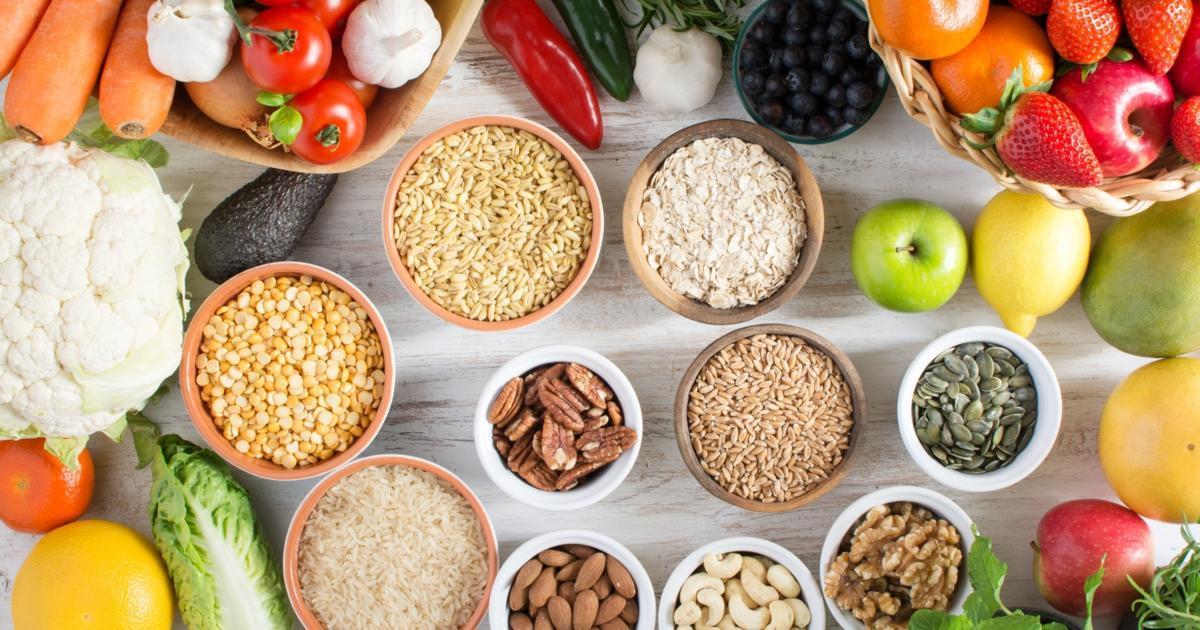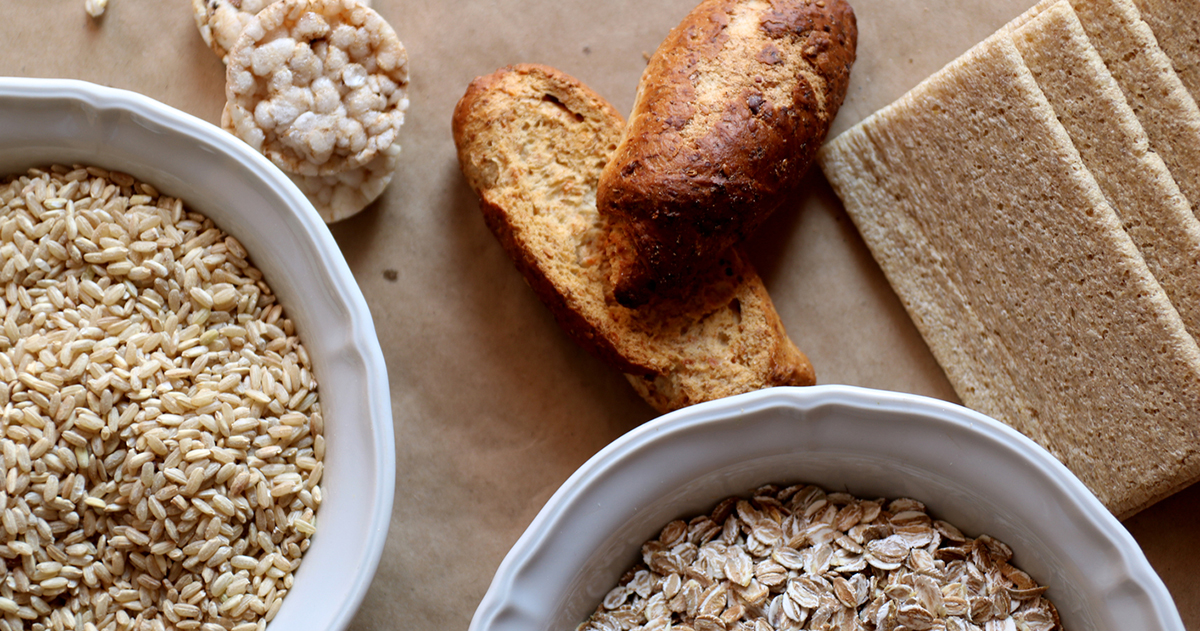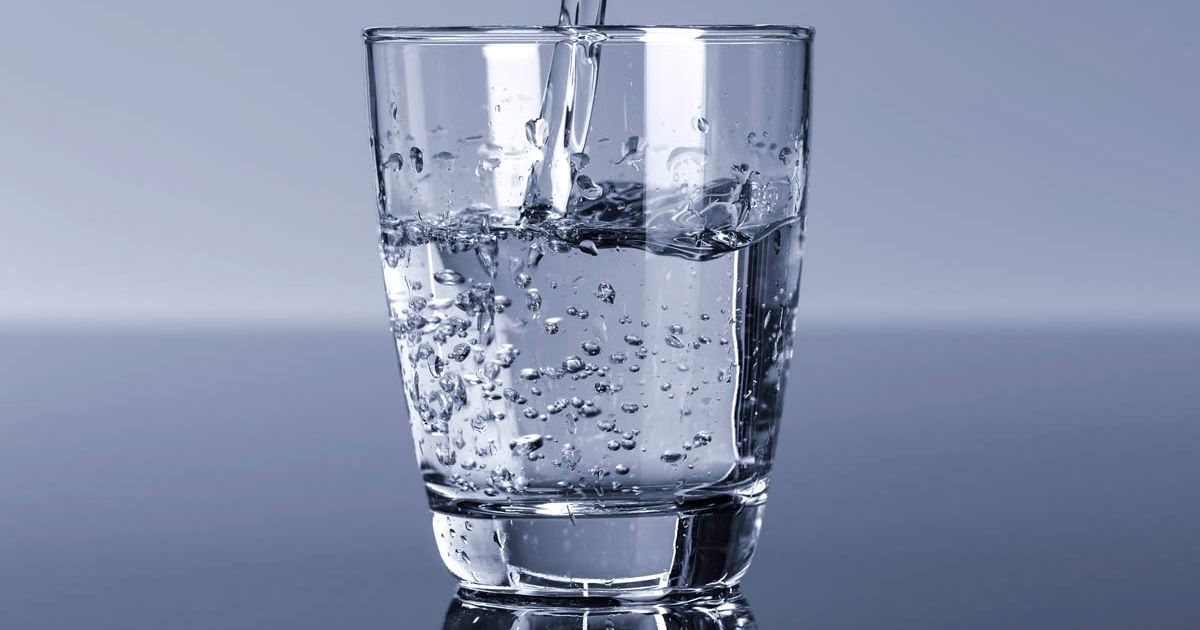What Is The Diverticulitis Diet?
Diverticulitis can be a very painful condition and may lead to complications that require surgery if not treated and controlled. However, with proper medical care and adherence to dietary recommendations and restrictions, serious complications can be avoided. Diverticulosis develops in the lower intestine when pressure is built up from food traveling through the digestive system. The pressure causes small pouches to form in the walls of the colon. When the pockets become inflamed or infected, the condition becomes known as diverticulitis.
Learn about the diverticulitis diet that helps manage the condition now.
Definition And Purpose

Diverticulitis is a chronic, long term condition with different stages. There is the high-fiber diet to prevent flare-ups, there is the low-fiber version to help during a mild flare-up, and a liquid diet when there is more severe pain.
The diverticulitis diet is one that tries to prevent, treat, and avoid flare-ups and complications of diverticulitis, including fever, nausea, vomiting, bleeding from the rectum, blood in the stool, abscesses, or fistulas, which are abnormal connections from one organ of the body to another area. It also includes peritonitis, a generalized inflammation of the abdominal cavity that can follow a ruptured diverticulum. This is a medical emergency and requires immediate surgery.
Keep reading to learn about the food and drink allowed on the diverticulitis diet now.
Food And Drink Allowed On The Diet

Individuals with no flare-ups are told to eat a high-fiber diet to avoid trouble. This has been shown to be effective because it softens the stools and speeds them through the digestive system, lowering pressure on the intestinal walls. If an acute flare-up develops, the physician may order either a low-fiber diet or a liquid diet. A high-fiber diet may aggravate the intensity of the pain because the colon is more active when digesting fiber.
Food and drink allowed on the diverticulitis diet include white rice, bread, and pasta; processed fruits like applesauce and canned peaches; cooked protein like fish, poultry, and eggs; as well as low-fiber cereal. Oils such as olive and canola, and cooked vegetables such as carrots, asparagus, beets, squash, and zucchini, as good as well. Potatoes should be skinless, and any seeds in fruits should be removed. Patients should avoid gluten if they are sensitive to it or also suffer from celiac disease.
A liquid diet is given to a patient having a severe flare-up, and it usually lasts a short time. Plenty of water is encouraged, as well as coffee or tea with no cream, sugar or sweeteners. Ice chips, ice pops with fruit puree, gelatin, broth, and clear electrolyte drinks are all possibilities. Eight cups of fluid per day are recommended for proper hydration and to aid the colon in healing.
Learn more about the foods individuals on the diverticulitis diet should avoid now.
Foods To Avoid Eating

According to experts, there are no prohibited foods on the diverticulitis diet if there is no flare-up. In the past, however, individuals were told not to eat nuts, popcorn, and seeds. This advice has been eliminated due to further studies, and there are no foods known to trigger an attack.
However, when a flare-up occurs, there are some foods to avoid eating, including whole grains like brown rice, oats, spelt, quinoa, amaranth, and bulgur. Beans and legumes like chickpeas and lentils, alcohol, as well as high-fiber vegetables and fruits should also be temporarily avoided.
Get to know more details about how the diverticulitis diet progress by reading more now.
How The Diet Progresses

With a severe attack, a liquid diet will be recommended as the first step, though as previously mentioned, it usually lasts for only a few days. This gives the digestive system a chance to rest and begin healing. It should also help with pain. The rate of relief is determined by how the diet progresses.
As the symptoms lessen, low-fiber foods should be added gradually. Consultation with a physician should determine how fast a patient can return to a normal diet. This time is often different for each patient, and it depends on the severity of the damage to the intestinal wall. If the flare-up is mild, the doctor may recommend a low-fiber diet to begin with, gradually adding more food.
Continue reading to discover information about the diet's overall effectiveness now.
Effectiveness Of The Diet

The effectiveness of the diverticulitis diet in lowering the discomfort and serious symptom of this condition has been demonstrated. At the same time, patients may be prescribed antibiotics, which will also help. Treatment is successful with most individuals. Some cases of diverticulitis are severe and require hospitalization and surgery. Each patient will have different symptoms and degrees of severity. Anyone who suspects they have diverticulitis or is suffering abdominal pain that doesn’t stop should see a physician quickly. Individuals with diverticulitis can go on to live a normal life, providing they adhere to a dietary regimen and stay in contact with their physician.